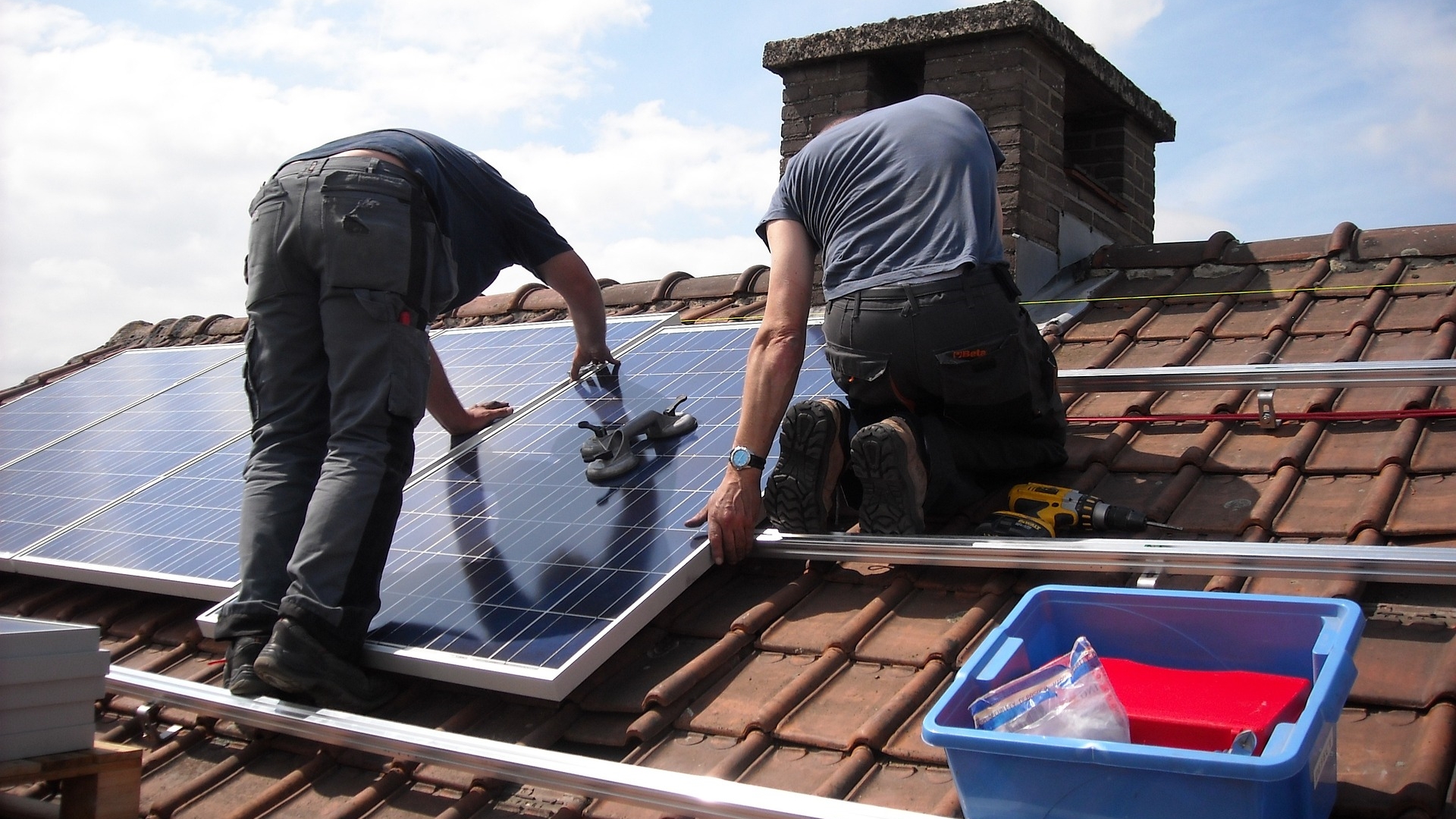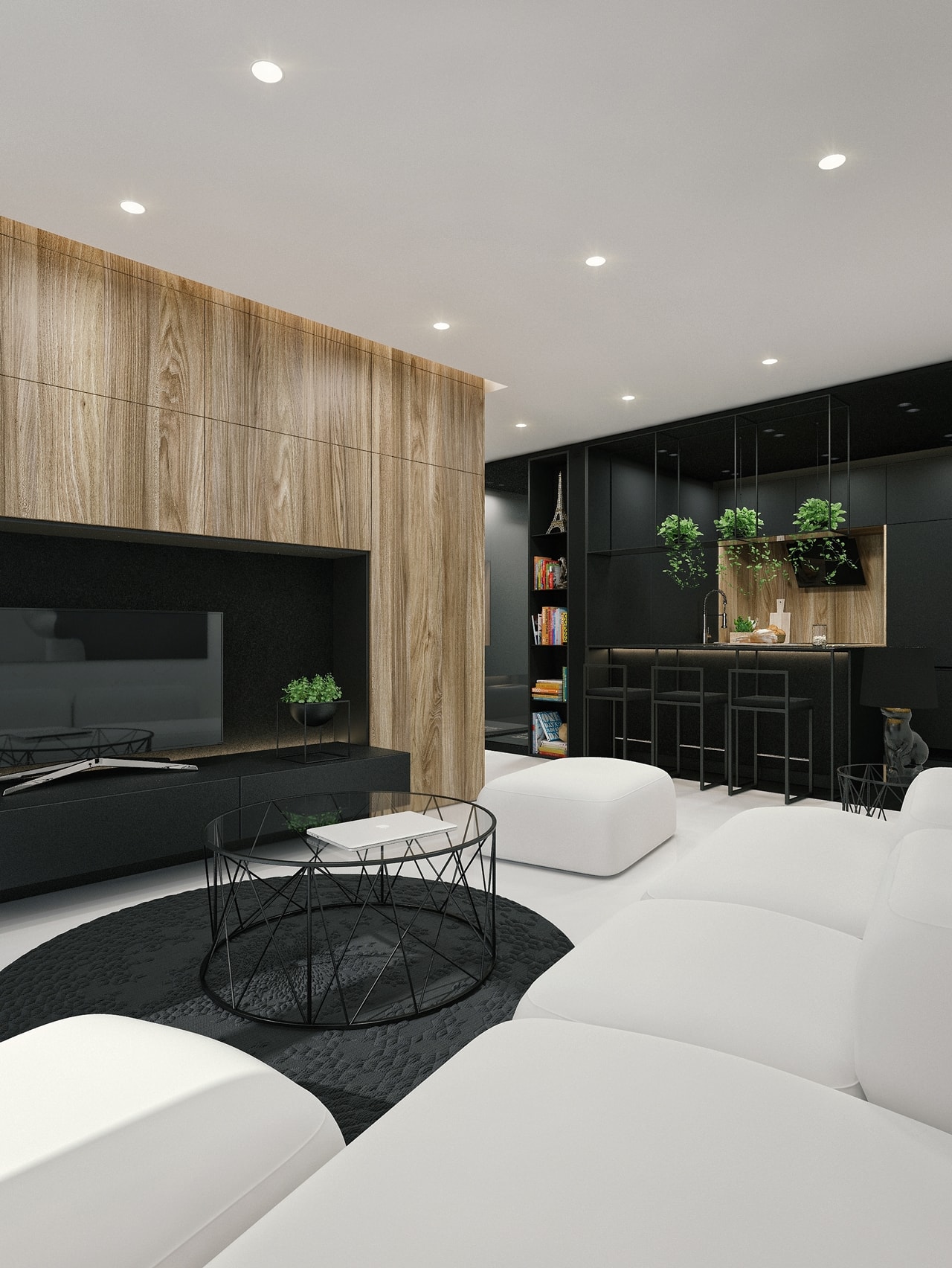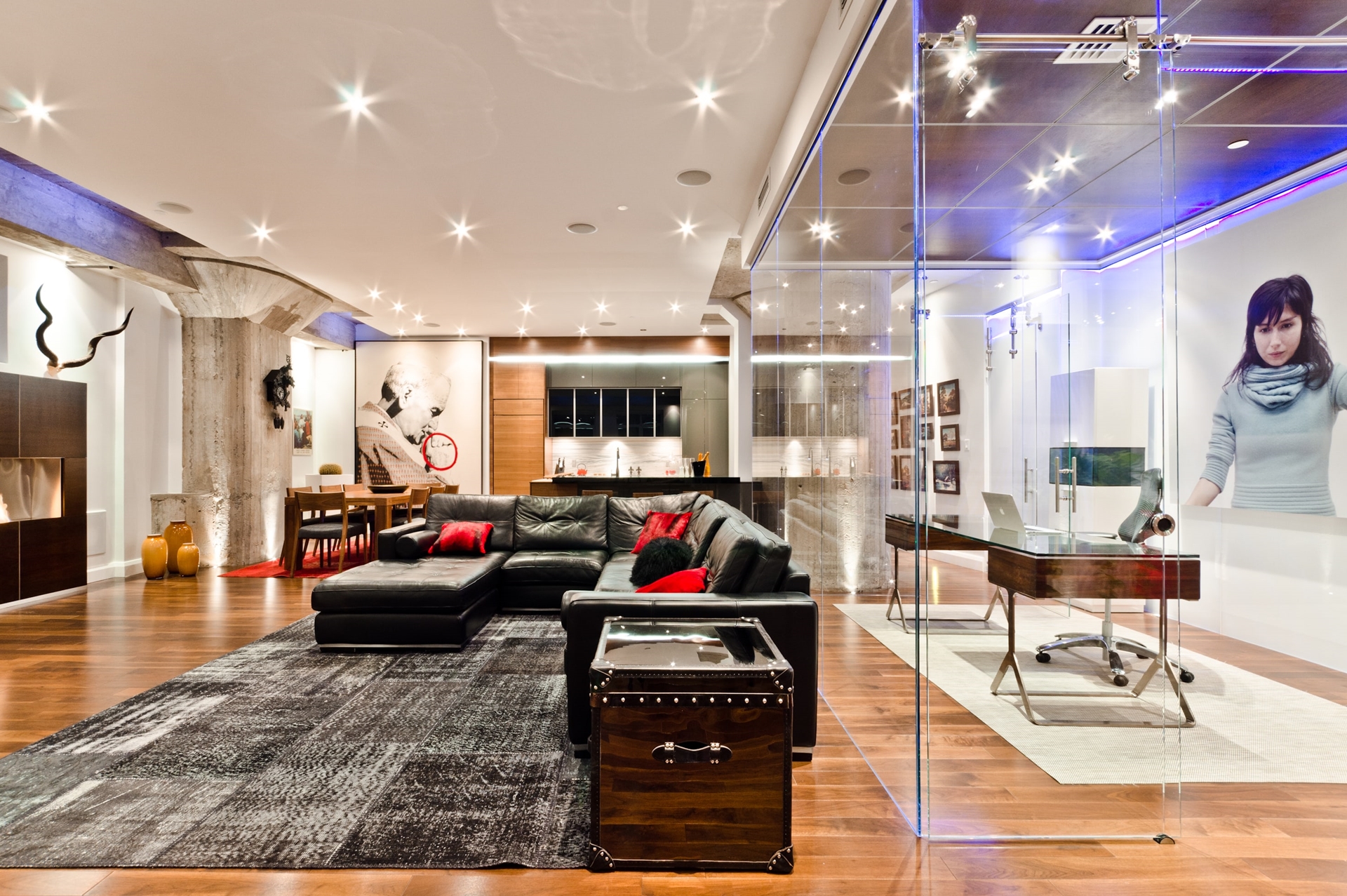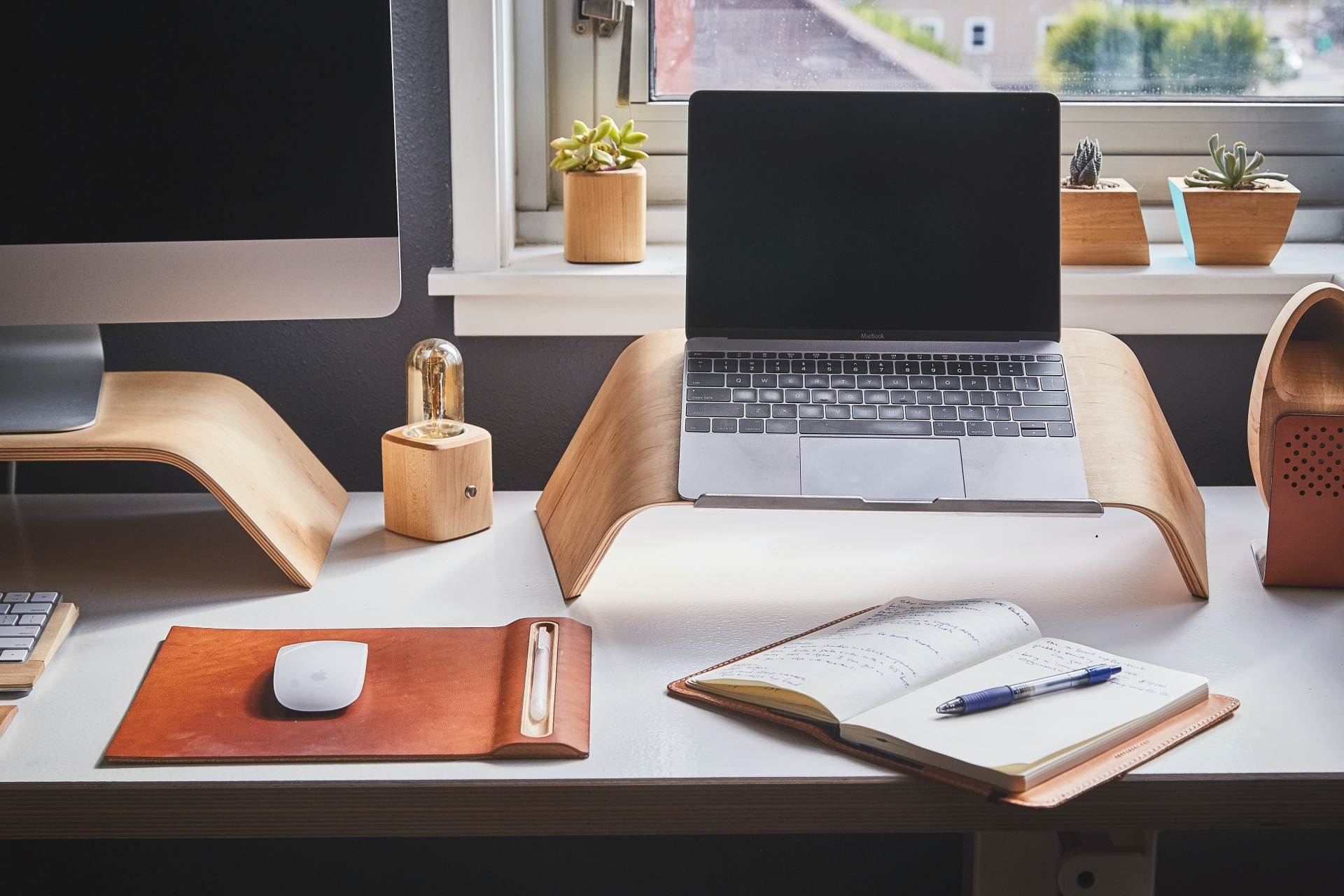Summer in Austin can be tough on your pool, with temperatures often soaring above 100 degrees. To keep your pool in top condition, it’s important to practice regular pool maintenance. Maintaining a chlorine level of 2-4 ppm and shocking your pool weekly can help keep it clean and safe.
In extreme heat, when the water temperature exceeds 85°, it may be necessary to add extra sanitizers and shock more frequently. This helps prevent the growth of algae and bacteria. For reliable pool service in Austin, you can check out the expert pool maintenance options available.
Additionally, using a pool cover when not in use can reduce evaporation and help keep your pool cleaner. Make sure to check water levels regularly and refill as needed to maintain proper circulation and filtration. Following these steps ensures a sparkling, inviting pool even during the hottest days.
Routine Maintenance
Routine maintenance for your pool includes checking and balancing water chemistry, clearing debris, cleaning filters, and regularly inspecting pool equipment. These tasks ensure the pool stays clean, safe, and functional throughout the hot summer months.
Checking and Balancing Water Chemistry
Regularly checking and balancing the pool’s water chemistry is essential. The three main factors to monitor are pH levels, chlorine levels, and alkalinity.
pH Levels: Aim for a pH level between 7.2 and 7.8. This range is safe for swimmers and prevents damage to the pool’s surfaces and equipment.
Chlorine Levels: Keep chlorine levels between 1 to 3 parts per million (ppm). This helps to kill bacteria and keeps the water clear.
Alkalinity: Ensuring alkalinity is between 80 and 120 ppm prevents fluctuations in pH levels.
Using testing kits or strips can help monitor these levels. Regular adjustments with pool chemicals will keep these values in check.
Clearing Debris and Cleaning Filters
Debris, such as leaves, bugs, and dirt, can accumulate quickly, especially in outdoor pools. Skim the surface daily with a net to remove this debris.
For the pool’s bottom and walls, use a pool vacuum and brush to scrub away any buildup. Doing this weekly helps to prevent algae growth and keeps the pool looking clean.
Filters: Filters play a key role in maintaining water clarity. Clean or backwash the filter at least every month. If the pool is used frequently or after heavy rainfall, more frequent cleaning may be necessary.
Inspecting Pool Equipment Regularly
Inspecting pool equipment is another important aspect of routine maintenance.
Pumps and Motors: Check pumps and motors for any signs of wear or damage. Ensure they are running smoothly to maintain efficient water circulation.
Heaters: If the pool has a heater, inspect it for any operational issues. Look for corrosion or leaks and ensure the thermostat is working correctly.
Pool Covers: Examine pool covers for rips or wear. They help to reduce evaporation and keep the pool clean when not in use.
Regular inspections help in the early detection of problems, allowing for timely repairs and avoiding costly replacements.
Mitigating the Austin Heat
Managing your pool during Austin’s hot summers involves maintaining ideal water levels, creating shaded areas, and using off-peak hours for pool circulation to prevent overheating and save energy.
Optimizing Water Levels
During high temperatures, pool water evaporates faster. It’s important to keep an eye on the water level. By maintaining it around the midpoint of the skimmer opening, the pool system will function correctly. If the level drops too low, the pump can get damaged, leading to expensive repairs.
Using a water leveler can help maintain consistent levels. These devices can automatically refill your pool, ensuring the water remains at the right height. Manual checks every few days are also a good idea during particularly hot stretches.
Implementing Shade Strategies
Direct sunlight can significantly raise your pool water temperature. Adding shade can help keep the water cooler. The installation of pool umbrellas and shade sails, as well as strategically planting trees nearby, can provide relief from the intense sun.
Temporary options like retractable awnings or pop-up canopies can also be useful. Shading not only cools the water but also reduces evaporation and helps protect swimmers from harmful UV rays.
Scheduling Off-Peak Circulation
Running the pool pump during peak sun hours can be inefficient. Instead, schedule your pool’s filtration and circulation during off-peak hours. Early morning or late evening is ideal when temperatures are lower.
This strategy not only helps in reducing water temperature but also saves on energy costs. Many modern pool pumps come with programmable timers, making it easier to automate circulation during these periods.
Conclusion
Maintaining a pool in Austin’s hot summers requires a combination of diligent care and smart techniques. Regular water testing and adjustments help ensure the pool stays safe and refreshing. Using aerators at night to cool the water and providing shade during the day are effective strategies. Following these tips can help keep your pool in top condition all summer long.










